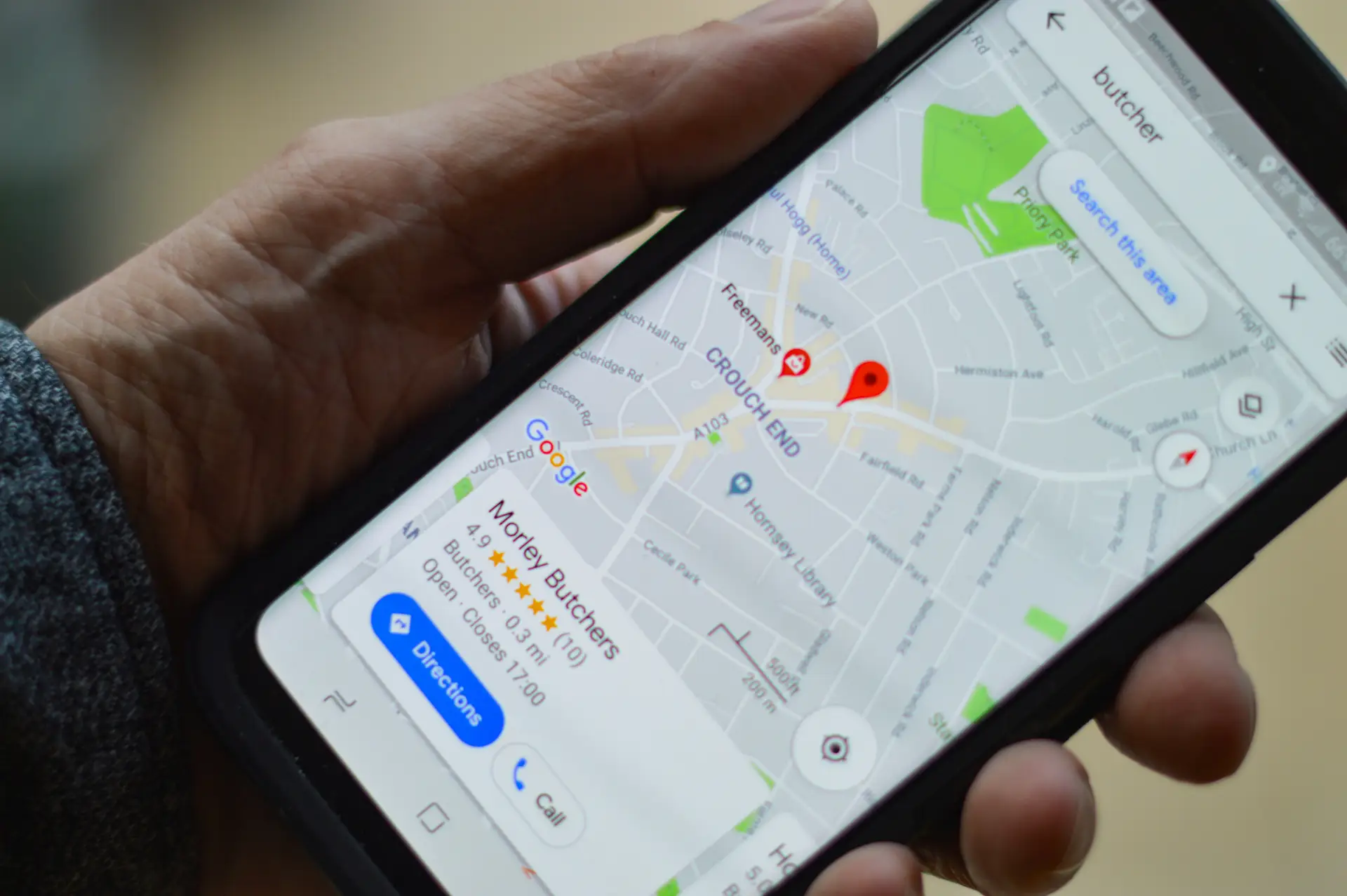Skyscraper Advertisement: Transforming Urban Landscapes into Marketing Masterpieces
The Significance of Skyscraper Advertisement
Skyscraper advertisement is a remarkable blend of creativity and marketing that transforms the towering structures of urban landscapes into visually stunning advertising canvases. This innovative approach utilizes the vertical space of skyscrapers to convey powerful messages to city dwellers and tourists alike, creating a memorable impact that traditional advertisements often lack.
Historically, outdoor advertising has evolved significantly, progressing from simple posters to intricate murals and now to grand installations on skyscrapers. With the rise of densely populated urban centers and increasing competition for consumer attention, brands have sought bold new ways to stand out. This article explores the innovative strategies and techniques used in skyscraper advertisement and highlights its significance in modern marketing.
The Rise of Skyscraper Advertisement
1.1 Historical Context
The roots of outdoor advertising date back centuries, with merchants displaying their wares in marketplaces. However, the industrial revolution and urbanization led to the emergence of larger and more sophisticated advertising methods. Billboards became the preferred medium for marketers, but as cities grew vertically, brands began to capitalize on the massive wall spaces of skyscrapers.
Key milestones include the launch of the first illuminated advertisement in the early 20th century and the significant use of large-scale murals in cities like New York during the Great Depression. As architecture evolved and cities expanded upwards, the adaptability of brands to utilize these colossal structures as advertising platforms marked the beginning of a new era in advertising.
1.2 Global Trends in Urban Advertising
Today, skyscraper advertisement has gained popularity across major cities like New York, London, and Dubai. In locations such as Times Square in New York and The Shard in London, brands leverage digital displays and massive banners that dominate the urban visual landscape and provide novel interactions for passersby.
Urbanization plays a crucial role in the proliferation of skyscraper advertisements. As populations grow and urban areas become congested, vertical advertising offers a solution—utilizing limited land space while appealing to the eye-level and above attention of inhabitants and visitors. Moreover, cities known for their iconic skylines often attract tourism, allowing advertisements to reach a broader audience, further fueling this trend.
Creative Aspects of Skyscraper Advertisement
2.1 Artistic Design and Visualization
The creative potential of skyscraper advertisement is immense, offering brands the chance to craft narratives through compelling designs that capture attention. The visual components are critical; a well-executed advertisement must be eye-catching, clear, and harmonious with the surrounding architecture.
Many brands collaborate with well-known artists and designers to create striking visuals. For instance, the famous 'Broadway Banners' showcasing theatrical performances in New York are prime examples of how artistic design engages audiences and drives ticket sales. Such collaborations elevate advertising from mere promotion to an art form, enriching the urban experience.
2.2 Technological Innovations in Skyscraper Advertisement
Modern technologies have enhanced skyscraper advertisement, with the integration of LED and digital displays that offer dynamic visual experiences. Companies now have the ability to change messages in real-time, tailoring the content based on timing or events happening in the city.
Consider the Eye in the Sky advertisement in Las Vegas, which employs drones and large displays for a unique aerial advertising experience. This innovative use of technology not only captures attention but also creates shareable moments on social media, amplifying brand exposure.
The Future of Skyscraper Advertisement
The art of skyscraper advertisement exemplifies how creative marketing strategies can reshape urban landscapes. This approach not only provides brands with unique advertising avenues but also enhances the aesthetic appeal of cities. As urbanization continues to trend upwards, skyscraper advertising is poised to become an integral part of our city skylines.
For those interested in utilizing skyscrapers as a marketing canvas, companies like Rope Access in London offer specialized services for the installation of large-format banners, ensuring the execution of these grand designs is safe and effective.
In an ever-evolving advertising landscape, skyscraper advertisement stands as a testament to creativity meeting capital, forever changing the art of promotion against the backdrop of our urban skylines.










